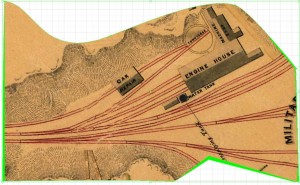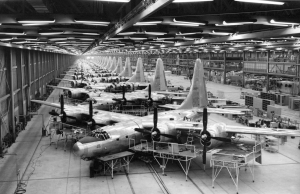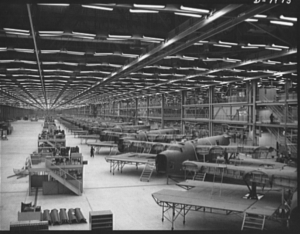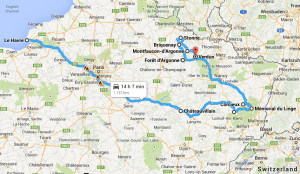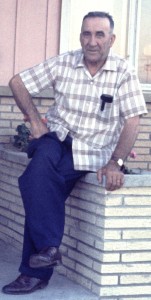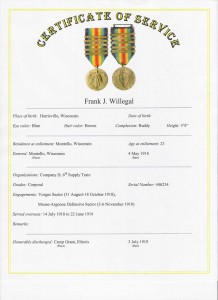Sometimes I’ll do some thinking about a topic and try to apply some math to the problem. In this case, it was in regards to the losses suffered by the German U-Boat arm in World War II. A number of sources list the killed at about 75% and another 5% captured out of a total of something like 40,900 men.
The extensive uboat.net site has listed the top 50 German Submarine commanders of World War II. I thought I would do some analysis of the fates of those top 50 commanders and see how they fared in comparison to the general loss rate.
The following table counts the number of these commanders that for one reason or another ended their front line service in each year, from 1940 through to the end of the war. The result is interesting.
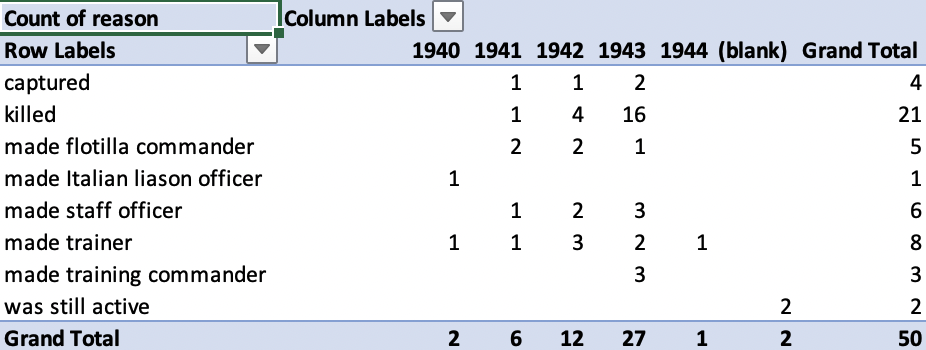
The blank column counts those that were still active at or near the end of the war. The loss to death or capture ratio was 50%, much better than the often reported overall rate of 80%. I suspect the reason is that many of these commanders were transferred to staff or training positions before they were killed. A few points can be gleaned from these stats.
- Of the 30 sub commanders that were still in the front lines in January, 1943, 16 were killed and 2 captured by the end of that year. It appears that the U-Boats were badly beaten in 1943. No military force can sustain a loss rate like that and continue to operate effectively, at least without a period of rest and reorganization.
- Also, by the end of 1943, all but three of these commanders were no longer actively commanding submarines in war patrols. You must wonder if all of these transfers were an effort to rest fatigued commanders or an attempt to spread the expertise of these men around through the training and staff positions that they recieved.
- Of the three that still commanded front line boats after 1943, one was transferred to a training command in January, 1944 and the two others ended up operating in the Indian Ocean, presumably a much safer environment for U-Boats.
A follow on project might be to compare the fates of these top 50 commanders to the entire list of U-boat commanders, which I think, can be derived from the data on uboat.net.

